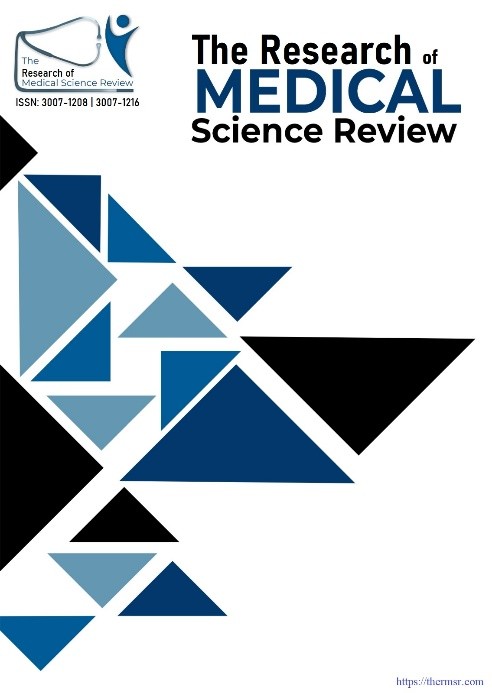SILENT LIVER CRISIS: PREVALENCE AND PREDICTORS OF NON-ALCOHOLIC FATTY LIVER DISEASE IN TYPE 2 DIABETES PATIENTS COMPARED TO NON-DIABETIC CONTROLS IN HAZARA REGION
Main Article Content
Abstract
Non-alcoholic fatty liver disease (NAFLD) is a common comorbidity in type 2 diabetes mellitus (T2DM), with prevalence often exceeding 50%. This study aims to determine NAFLD prevalence and identify predictors among T2DM patients compared to non-diabetic controls. This cross-sectional study was conducted at the department of Medicine, Ayub Teaching Hospital, Abbottabad, from January to June 2022. Demographic and clinical data, including age, gender, BMI, HbA1c, lipid profiles, and liver enzymes, were collected. NAFLD was diagnosed via standardized ultrasound. Multivariate logistic regression identified predictors of NAFLD. Data were analyzed using SPSS 24.0. The study included 150 T2DM patients (36% male, 64% female; mean age 49.0±8.0 years) and 150 non-T2DM controls (36% male, 64% female; mean age 48.5±7.8 years). Among T2DM patients, 88.8% (n=133) had NAFLD (56.4% grade 1, 30.2% grade 2, 2.22% grade 3). In contrast, 20% (n=30) of controls had NAFLD (15.6% grade 1, 4.0% grade 2, 0.4% grade 3). Median BMI was 28.8 (T2DM) vs. 25.0 (controls), HbA1c 7.8 vs. 5.5, triglycerides 174 vs. 140 mg/dL. Logistic regression identified higher BMI (OR 1.15, 95% CI 1.08–1.23, p<0.001), elevated triglycerides (OR 1.02, 95% CI 1.01–1.04, p=0.002), and higher HbA1c (OR 1.32, 95% CI 1.10–1.59, p=0.003) as significant predictors of NAFLD. Age, gender, HDL, LDL, total cholesterol, ALT, AST, hypertension, and smoking were not significant predictors of NAFLD. The significantly higher NAFLD prevalence in T2DM patients (88.8%) compared to controls (20%) underscores T2DM as a major risk factor. Targeted screening and interventions addressing BMI, triglycerides, and glycaemic control are critical.
Downloads
Article Details
Section

This work is licensed under a Creative Commons Attribution-NonCommercial-NoDerivatives 4.0 International License.
